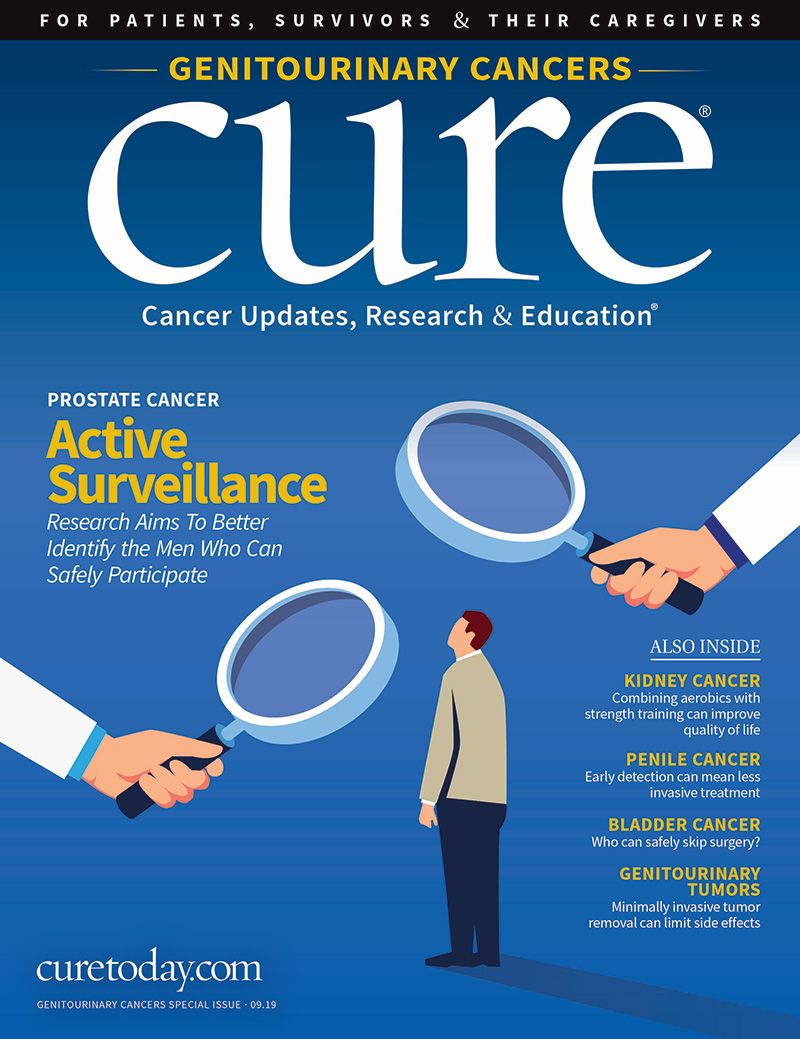Publication
Article
CURE
Minimally Invasive Treatments Let Patients Feel Better Faster
Author(s):
We hope the information shared in these pages will be helpful to readers across the genitourinary cancer landscape, offering insights into the myriad treatments available and the issues to consider when choosing a therapeutic path.
Treatment for cancer brings plenty of physical discomforts and countless things to worry about, making every good moment especially precious.
CURE® contributor Khevin Barnes pointed this out in a recent column: “Surviving and living with cancer is a complicated endeavor, with chemotherapies, clinical trials, experimental drugs, invasive procedures and so much more. And while we wish for positive reports and encouraging news, when all is said and done, it is often our basic need for a simple, serene and pain-free day — just a single day — that takes center stage in our lives.”
Barnes, who had breast cancer, concludes: “This very day I’m living as a cancer survivor is the most important day of my life. And it will remain that way until tomorrow when, if I’m so fortunate, I’ll have another one to follow.”
In this special issue of CURE®, we delve into the topic of minimally invasive treatments for genitourinary cancers and point out that these therapies, as opposed to more invasive strategies such as open surgery, can make recovery quicker and less complicated. That means patients move through pain and other surgical side effects more swiftly, returning sooner to having comfortable days. In prostate cancer, these techniques may even reduce side effects long-term.
The article explores tactics such as laparoscopic and robot-assisted surgeries, which are accomplished through very small incisions; radiofrequency ablation and high-intensity focused ultrasound, which destroy cancer cells via heat; cryosurgery, which freezes the cells to death; and stereotactic body radiosurgery, a type of precision radiation. Readers will learn what to look for in a doctor who will perform these treatments.
Also within this realm, we highlight advances in the precision of active surveillance for low-risk prostate cancer and discuss the questions that scientists still need to answer.
Elsewhere in the issue, we offer overviews of recently approved and emerging medical treatments for kidney cancer. A number of targeted drugs and immunotherapies are being used and tested, with the latest efforts focused on intelligently combining these medications with each other and/or older treatments such as chemotherapies.
Finally, we look at standard multidisciplinary treatments for the rare penile carcinoma and provide guidance on how to recognize this disease before it progresses so that treatment can be less invasive.
We hope the information shared in these pages will be helpful to readers across the genitourinary cancer landscape, offering insights into the myriad treatments available and the issues to consider when choosing a therapeutic path.






